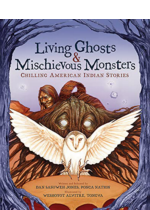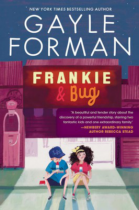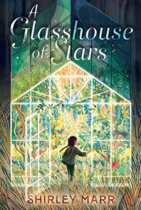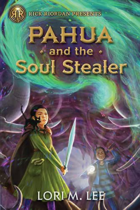
Some of the creatures in these pages might only have a message for you, but some are the stuff of nightmares. These thirty-two short stories — from tales passed down for generations to accounts that could have happened yesterday — are collected from the thriving tradition of ghost stories from American Indian cultures across North America. Prepare for stories of witches and walking dolls, hungry skeletons, La Llorona and Deer Woman, and other supernatural beings ready to chill you to the bone.








